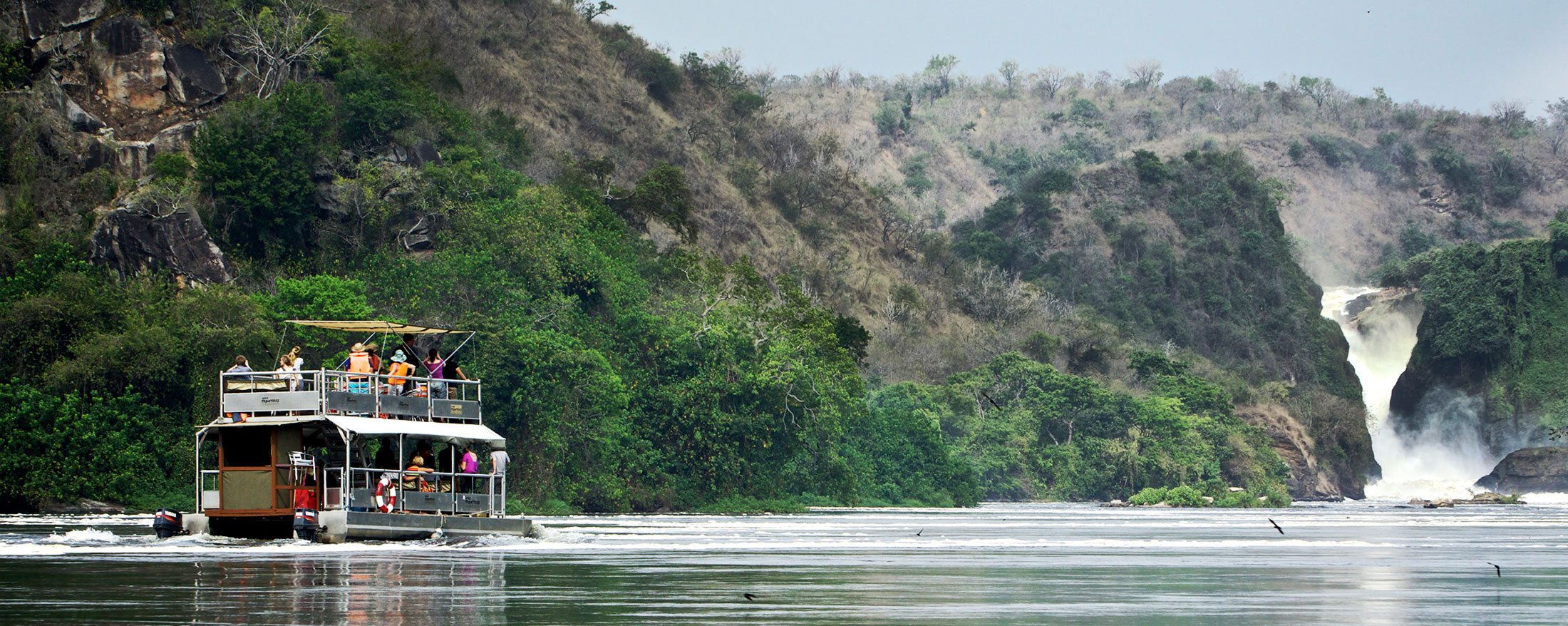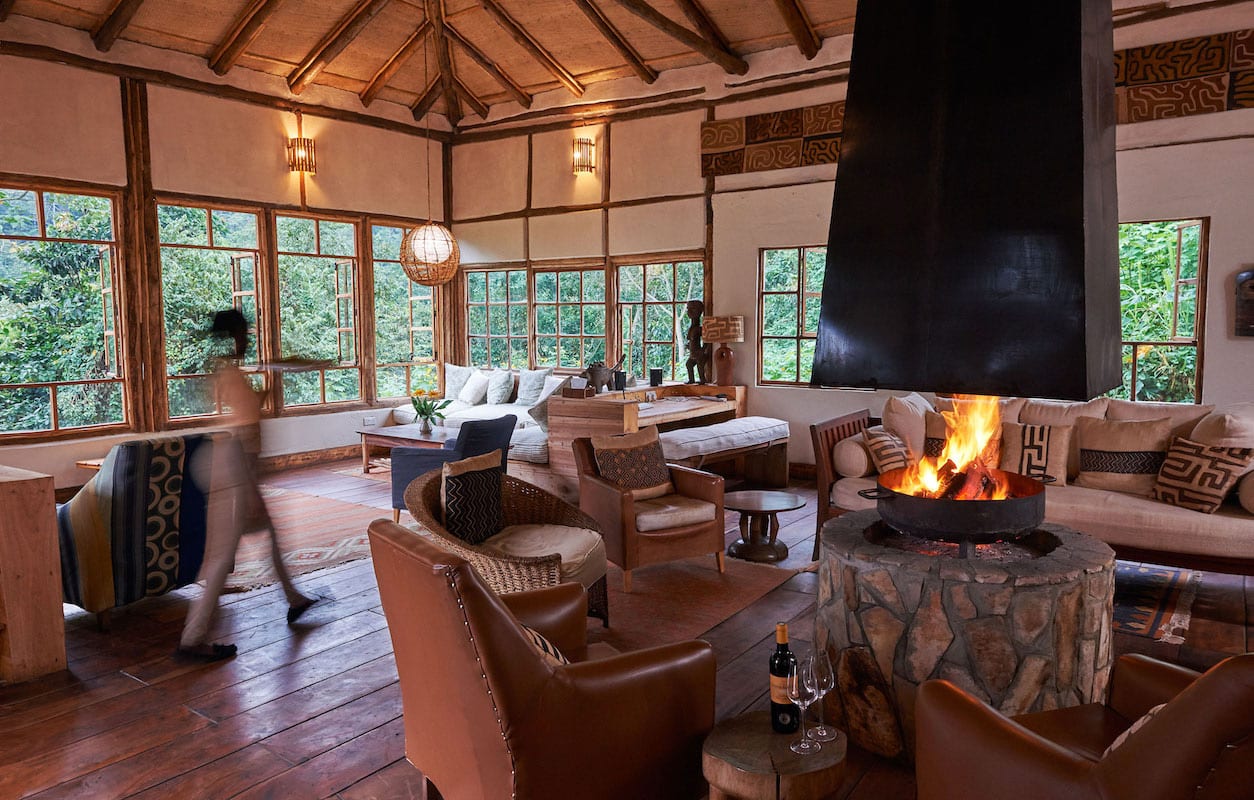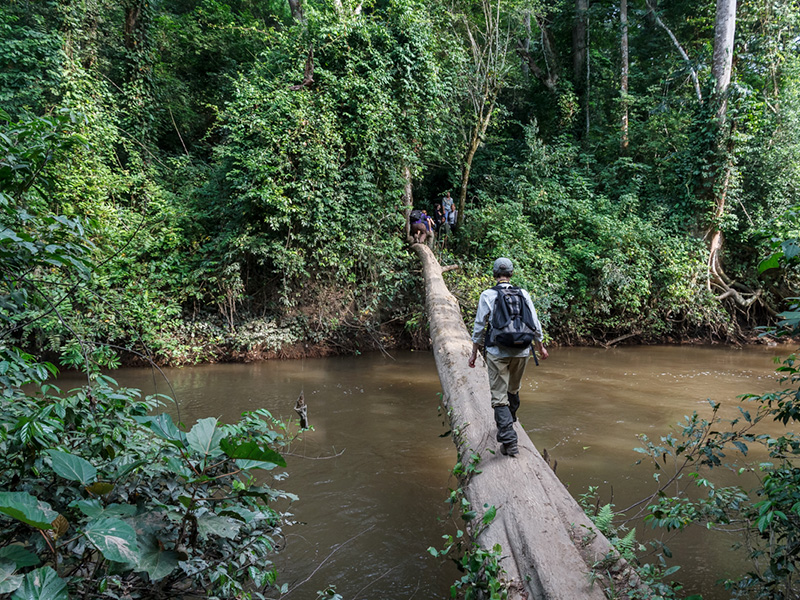
Hiking and Nature Walks in Queen Elizabeth national park
Hiking and Nature Walks in Queen Elizabeth national park
Hiking and Nature Walks in Queen Elizabeth national park : Queen Elizabeth National Park is one of the top safari destinations in the world and the most visited savannah national park in Uganda, the park is located in western Uganda and is the second largest protected area in Uganda coming second to Murchison Falls National Park.
Queen Elizabeth National Park is also one of the oldest national parks in Uganda spanning through the districts of Kasese, Kamwenge, Rubirizi and Rukungiri districts. The park extends from Lake George in the northeast to Lake Edward in the southwest and includes Kazinga Channel connect Lake Edward and Lake George.
At a size of 1978 square kilometers, Queen Elizabeth National Park is one of the best destinations for hiking and nature walking safaris in Uganda. The park features beautiful hiking trails running through different areas such as Kyambura gorge, maramagambo forest among others.
Hiking and Nature walks experience in Queen Elizabeth National Park provides visitors with a chance to stretch their muscles, encounter animals in a close range while on foot and discover areas of the park which you could not reach with a vehicle.
Best places to do hiking and nature walks in Queen Elizabeth National Park
Kyambura Gorge
The magical Kyambura gorge also known as the Valley of Apes offers the best hiking and nature walk adentures in Queen Elizabeth National Park, this underground forest was referred to as the “Last Gorge” in a BBC documentary.
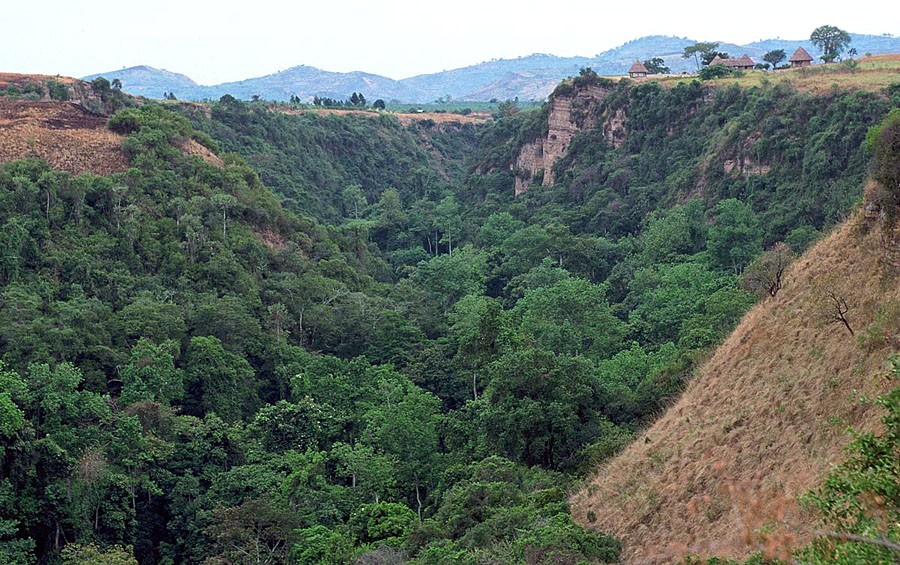
Hiking in the vast forest of the Kyambura Gorge offer visitors a chance to see wild chimpanzees in their natural habitat, enjoy views of the unmatched views of the different landscapes, many bird species such as African Finfoot, blue headed bee-eater, Martial Eagle, Bar-tailed Godwit, Black-rumped Buttonquail, African skimmer, wildlife species such as vervet monkeys, the rare martial eagle, baboons, black and white colobus monkeys among others, various tree species and butterfly species.
Mweya Pennisular
The Mweya Peninsular is one of the attractions in Queen Elizabeth National Park and a focal point for the park’s safari activities including hiking and nature walks, Mweya Peninsula is situated in the heart of Queen Elizabeth National Park.
Mweya Peninsular is the best place to do mongoose tracking tracking in Queen Elizabeth National park, this adventurous activity lasts for 3 hours and is done in the presence of a park ranger guide from Uganda Wildlife Authority.
Visitors visit the Mongoose Research Area to observe and monitor the banded mongoose, visitors will also view other wildlife species including hippos, warthogs, spotted hyenas, waterbucks, elephants and buffaloes, bird species such as Raptors, Squire-tailed Nightjar, Diederik Cuckoo, African Mourning Dove, Swamp Nightjar and Slender-tailed Nightjar.
Trails used for hiking and nature walks in Queen Elizabeth National park also run along the Kazinga channel where you will see many animals and birds along the shores.
Maramagambo Forest
Maramagambo Forest is one of the best sites in the park to do hiking and nature walks, the forest is one of the largest tropical rainforests in East Africa in the southern part of Queen Elizabeth National Park.
Maramagambo Forest protects a variety of bird species including blue-breasted kingfisher, little grebe, African finfoot, red-chested cuckoo, black cuckoo, and African Emerald Cuckoo and many forest wildlife including primates such as Ververt monkeys, Colobus Monkeys, L’Hoest’s Monkeys, Blue Monkeys, Baboons, Red Tailed Monkeys and nocturnal species like Bush babies.
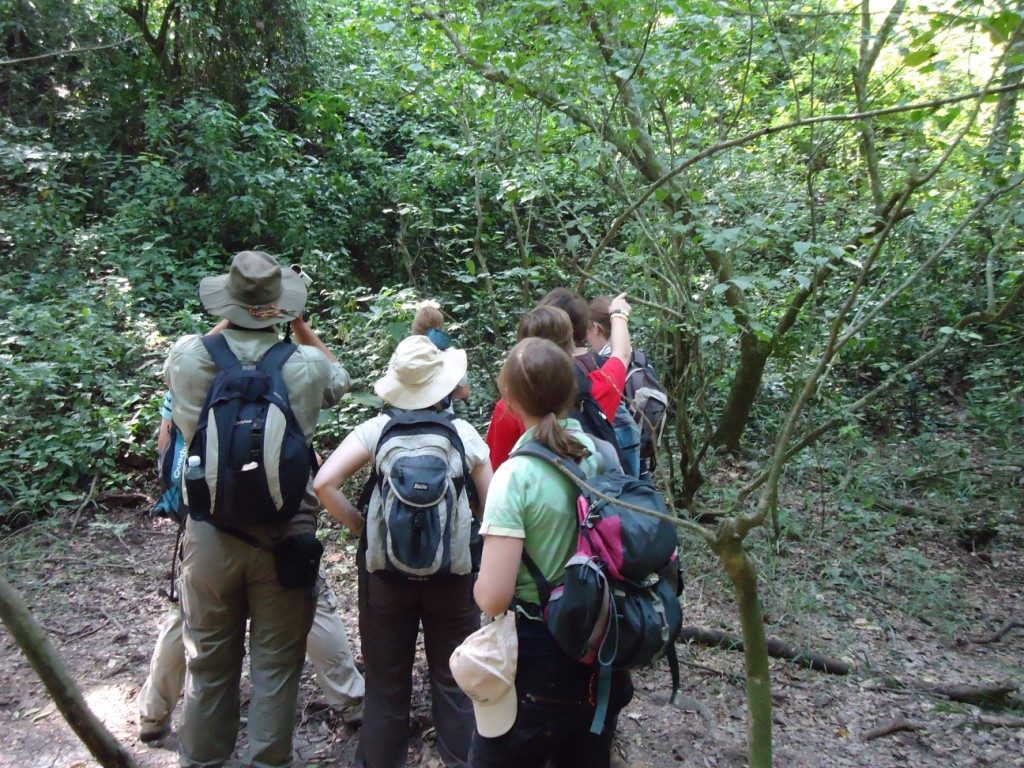
Nature walks in the Maramagambo forest last for 2 to 6 hours offering visitors a chance to go deeper into the forest, explore and enjoy amazing sightings of the forest creatures. Trails in Maramagambo forest also lead to the crater lakes and bat cave which is home to thousands of bats and pythons.
Hiking and Nature walks in Queen Elizabeth National Park’s Maramagambo forest is done using 4 trails such as Palm trail, waterfall trail, river trail and valley trail.
Along the Katwe Explosion Craters Lakes
The Katwe Explosion crater Lakes are situated in the northern part of Mweya Peninsula and are accessed from Kabatoro gate through the Queen’s Pavillion. Visiting these beautiful lakes including Lake Katwe where salt is being mined local is an interest experience to enjoy, along the way you will enjoy the magnificent views of Rrwenzori Mountains, Kazinga Channel and also spot animals such as elephants, buffaloes among others.
Kasenyi Plains
The Kasenyi Plains are situated in the North Eastern region of Queen Elizabeth National Park and on the western shores of the stunning Lake George just near the Kazinga Channel.
The Kasenyi Plains are a vast savannah plains providing the ultimate African safari adventure and also a perfect spot for hiking and nature walks, during the nature walks you will encounter numerous wildlife species such as antelopes including Uganda Kobs, lions, warthogs, hippos and many bird species such as guinea fowl among others.
Along the Ishasha River
The Ishasha River is located in the remote southern sector Queen Elizabeth National Park – the ishasha Sector, this sector is the only place in Uganda where you can see the tree climbing lions resting on the tree branches. There is the Ishasha river crossing through the area is a fascinating place to do nature walks and hiking experience, some of the animals you will encounter along the river include Uganda Kobs, tree climbing lions, buffaloes and the elusive shoebill stork among others.
Best time of the day to do hiking and nature walks in Queen Elizabeth National Park
The best time of the day to do hiking and nature walks in Queen Elizabeth National Park is during morning hours, the experience is more rewarding in the morning as the animals and birds are active in the morning hours. The beautiful sunrise in the east creates beautiful scenery and the weather is more favorable.
What to Carry for a hiking and nature walk safari in Queen Elizabeth National Park
Camera – to capture beautiful sceneries and animals along the walk trails
A pair of binocular – to give you a closer image of distance sceneries, wildlife and bird species
Notebook – to note down important things you will encounter along the way in Queen Elizabeth National Park
Sunscreen lotion – to protect your skin for sun rays
Insect repellent: to protect you from insect bites
A rain jacket or Poncho: to offer you shed in case it rains while on experience
Back pack: to keep all your items while on experience such as a notebook, clothes, bottle of water, camera among others.
What to wear for hiking and nature walks in Queen Elizabeth National Park
Log- sleeved shirts and trouser – to protect your skin from insect bites, scratches from thorny leaves and scotching sun
Comfortable hiking shoes: strong sturdy shoes for comfortable movements along the trails
Sunglasses and a hat: to protect your face and eyes from direct sunlight

